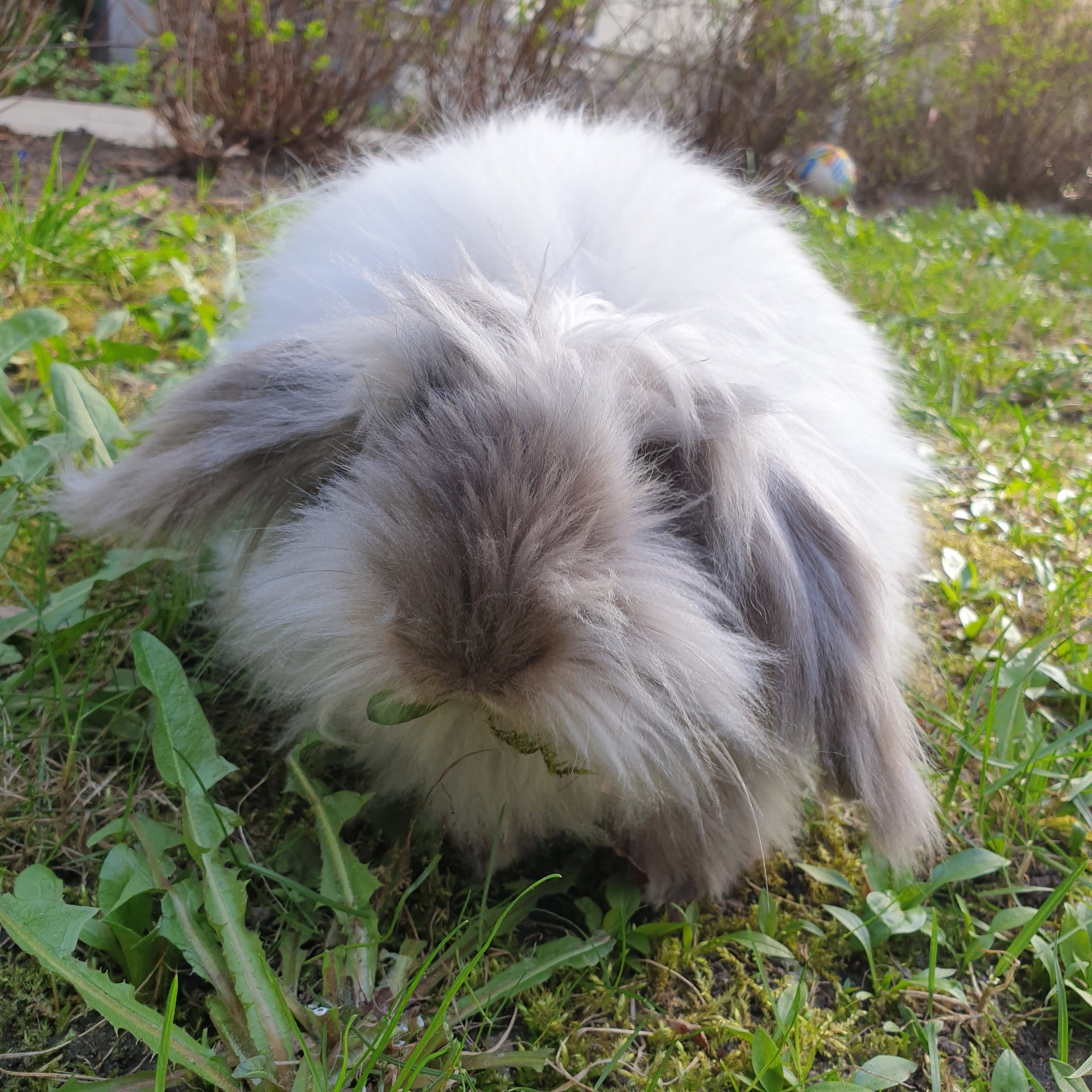Bunny Facts

Facts about Teddy Widders
Teddy Widders are a relatively new breed, originating in Germany, created by crossing Teddy Dwarfs with other small lop-eared breeds. They are small, typically weighing between 2.5 to 3.5 pounds, with a compact, muscular body, short legs, and a broad head. Their most distinctive feature is their long, lopped ears.
They have a dense, plush, and woolly coat that gives them a teddy bear-like appearance. Due to this dense fur, Teddy Widders require regular grooming to prevent matting, with brushing several times a week recommended.
Teddy Widders are known for their friendly and sociable nature. They are generally calm and affectionate, making them great companions. They enjoy human interaction, can form strong bonds with their owners, and are quite playful.
A balanced diet consisting of high-quality hay, fresh vegetables, and a small amount of pellets is essential for their health. Regular check-ups with a veterinarian are important to monitor for common issues such as dental problems, which are prevalent in small breeds.
Teddy Widders need enough space to hop around and exercise. They can adapt to both indoor and outdoor environments, provided they are protected from extreme weather conditions. For some families, a spacious, well-ventilated cage or pen is ideal, along with supervised free-roaming time in a bunny-proofed area to ensure they stay active and healthy.

Facts about Holland Lops
Holland Lops were developed in the Netherlands in the 1950s by crossing French Lops with Netherland Dwarfs and English Lops. They are one of the smallest lop-eared breeds, typically weighing between 2 to 4 pounds. Holland Lops have a compact, muscular body, a broad head, and a distinctive short, flat nose with short, lopped ears.
They have a dense, medium-length coat that is soft to the touch. Regular grooming is required, especially during shedding seasons, to keep their coat clean and free of loose fur.
Holland Lops are known for their gentle and friendly disposition. They are often described as playful and curious, enjoying interaction with their owners and being very affectionate. They are suitable for families with children and other pets due to their sociable nature.
A diet rich in high-quality hay, fresh vegetables, and a controlled amount of pellets is crucial for their well-being. Regular veterinary check-ups are necessary to detect and prevent health issues such as dental problems and gastrointestinal stasis, which can be common in small breeds.
Holland Lops need ample space to move and exercise. Supervised free-roaming time is ideal. They thrive in environments where they can explore and play safely. Indoor housing is preferred to protect them from predators and extreme weather, but they can also enjoy outdoor time in a secure area.